How to freeze mushrooms: the best way to preserve their flavour
2 years ago · Updated 6 months ago
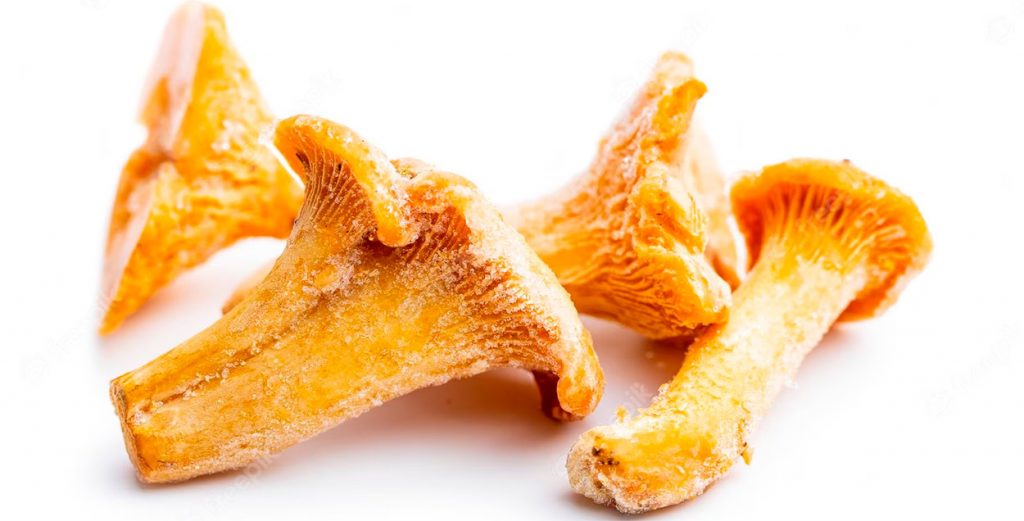
One of the main characteristics of mushrooms is their seasonality, which makes them even more appealing. They are not foods that we can find throughout the season, so it is important to know the best ways to store them so that we can enjoy them at any time.
We understand how much mushrooms are appreciated in cooking, which is why we want to remind you of the different preservation methods, which is best for each type of edible mushroom, and how to carry out each preservation method in order to get the most out of this unique wild food.
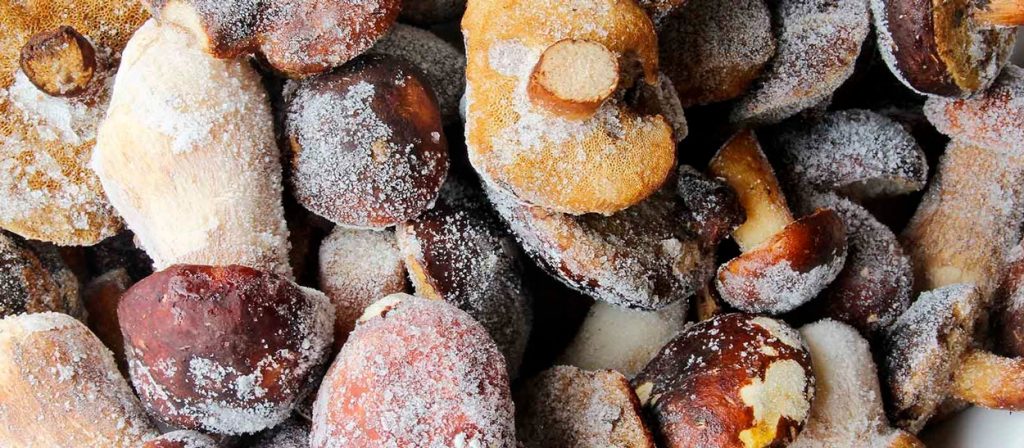
Freezing Mushrooms: The Best Way to Preserve Them
As we mentioned earlier, not all preservation methods are suitable for all mushrooms. Some improve in flavor when dehydrated, while others are best preserved when frozen or used in preserves.
We will focus on the different ways to freeze certain types of mushrooms. Once we have learned how to freeze porcini and milk mushrooms correctly, all that remains is to find a place for them in the freezer, mark the date of storage on the packaging, and get ready to enjoy this wild delicacy all season long.
Types of Mushroom Freezing
Depending on the type of mushroom we want to freeze, we will have to do it in one way or another. Some species can be frozen directly without having to be cooked first, such as porcini mushrooms, while others require a little cooking before freezing. Below, we list which types of mushrooms can be frozen using each method:
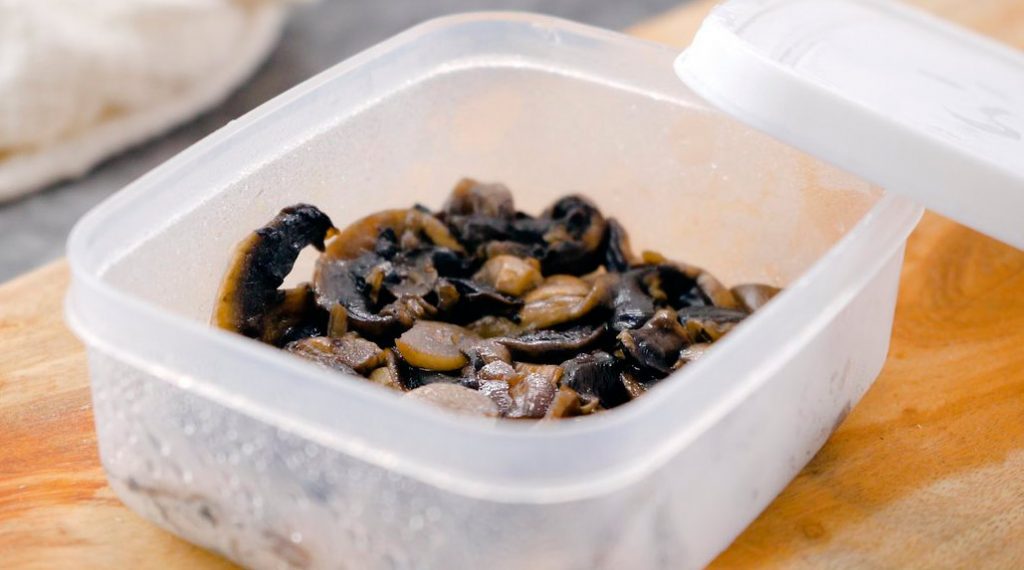
Pre-cooked frozen mushrooms
This freezing method, which involves light pre-cooking, is suitable for all types of mushrooms. One advantage of using this method of preservation is that when thawed, they retain an appearance almost identical to that before freezing.
How to freeze cooked mushrooms?
Before cooking mushrooms, it is important to clean them thoroughly. Some species are more difficult to clean, such as black trumpet mushrooms, which often have plant matter or even insects inside. Once cleaned, we can start cooking them.
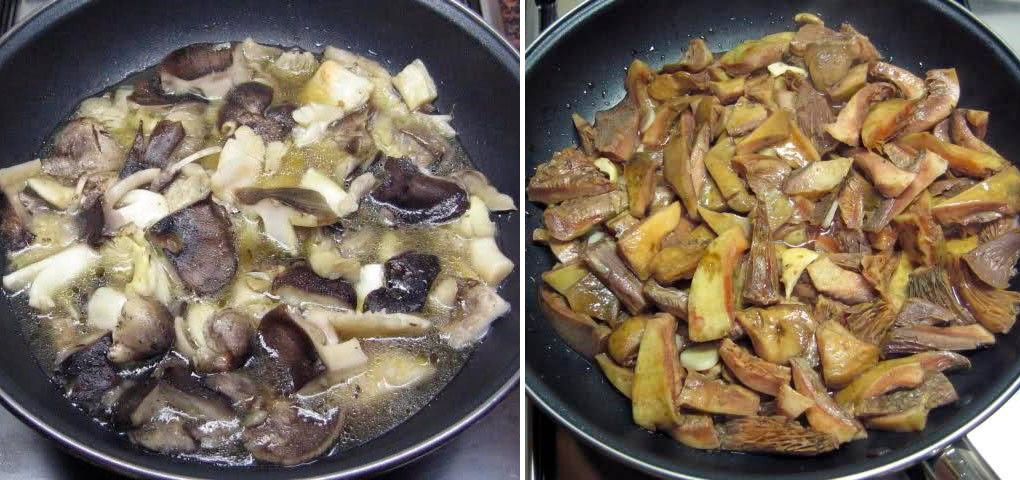
Depending on the type and size of the mushroom, we will cut it to our liking and season it. Next, we will cook them lightly in a saucepan or frying pan with salt, chopped or sliced garlic, and a good drizzle of extra virgin olive oil.
They will not need more than 2 minutes of cooking, just enough time to start releasing their juices. Once we see that they start to release liquid, we will cook them for 2 more minutes and remove them from the heat.
Next, we will let the mushrooms cool and put them in jars or airtight glass containers. It is important to mark the date of cooking and the type of mushroom contained in the jar. During mushroom season, we are likely to collect several species, and once cooked, they may look quite similar, so it will be necessary to be able to tell them apart. Once we have identified them correctly, we can put them in the freezer and wait for the right moment to enjoy them.
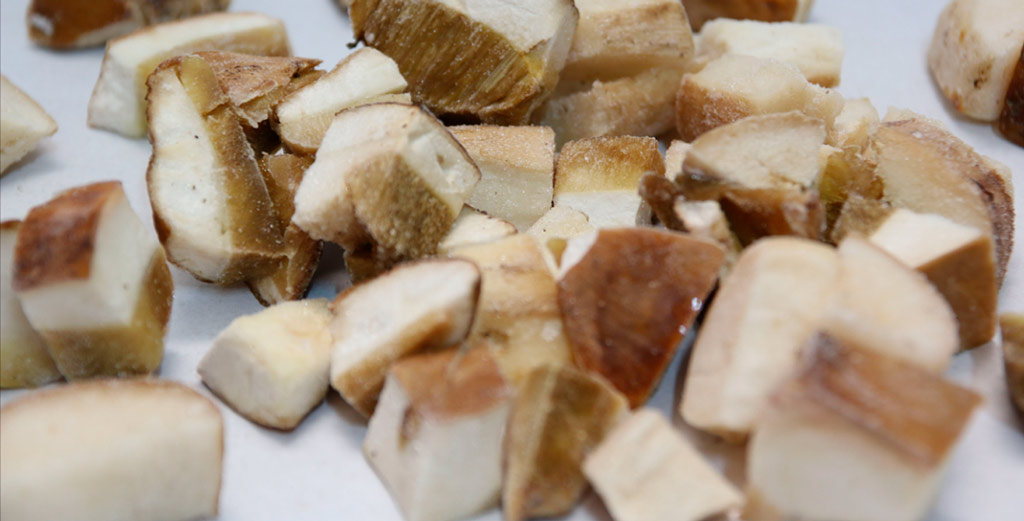
How to cook pre-cooked frozen mushrooms?
The advantage of this type of freezing is that you only need to defrost the mushrooms before cooking them. Simply fry them in a pan and finish cooking.
You'll be surprised by how much of their flavor, texture, and aroma they retain, almost as if they were freshly picked.
Uncooked Frozen Mushrooms
All mushrooms are suitable for this type of preservation. Freezing mushrooms is the best way to preserve them, as when they are thawed, they will be practically the same as before freezing. The only disadvantage is that they will take up space in the freezer.
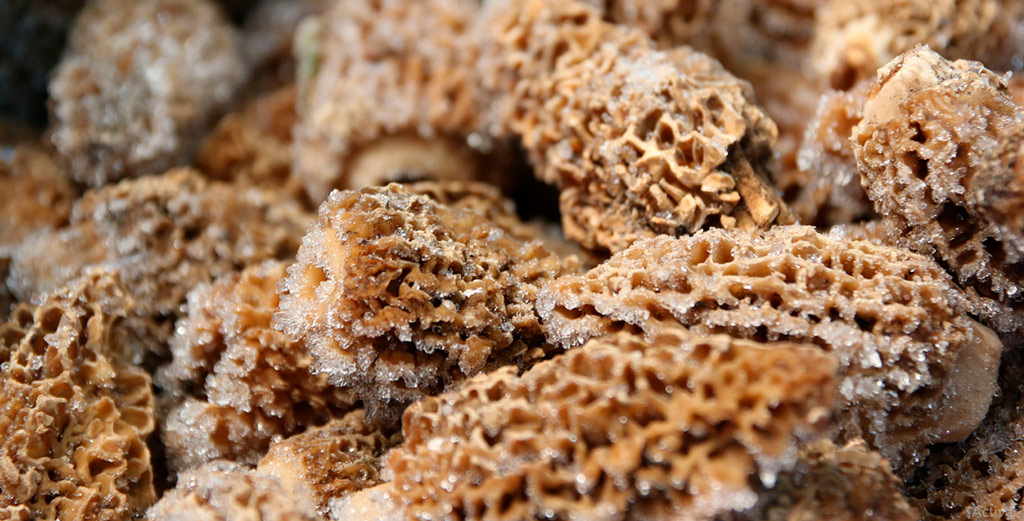
Freezing mushrooms au naturel:
- Wash and chop the mushrooms into pieces.
- Place the mushrooms in a pan of boiling water for 3 minutes.
- Remove them from the hot water and leave them to drain.
- Place the mushrooms in plastic bags or glass jars, making sure to label each container with the date and name of the mushrooms.
- When ready to eat, add them directly (without thawing) to a pan with hot oil.
Bags and containers for freezing mushrooms
There are different types and sizes of freezer bags available on the market, the most common being those that seal automatically. However, tie-top bags are larger and, if desired, can be cut after tying to make smaller sizes. Most of these bags have blank spaces for writing the date, contents, and expiration date, which is very useful for ensuring that the oldest items are consumed first.
We can also use plastic containers suitable for freezing. There are different types and sizes, some with lids in different colors to differentiate the contents and others that are transparent so you can see the frozen product. It is important to make sure that the containers are suitable for freezing.
To remember the contents and date of freezing in the containers, we can use adhesive labels.
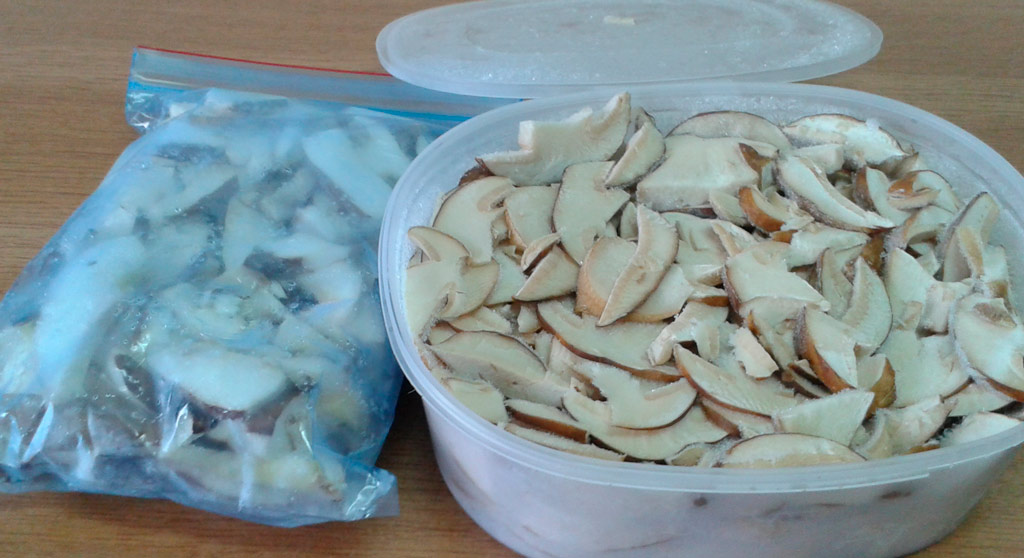
How to defrost mushrooms
Remember that when defrosting mushrooms, it is best to do so gradually in the refrigerator, avoiding defrosting them at room temperature in order to preserve their texture and flavor. In addition, once defrosted, mushrooms should be consumed as soon as possible and not refrozen.
Only certain mushrooms, such as porcini mushrooms, can be cooked directly without thawing. Their texture will remain firmer than if they were cooked after thawing. In these cases, it is recommended to cook them over high heat to seal them.
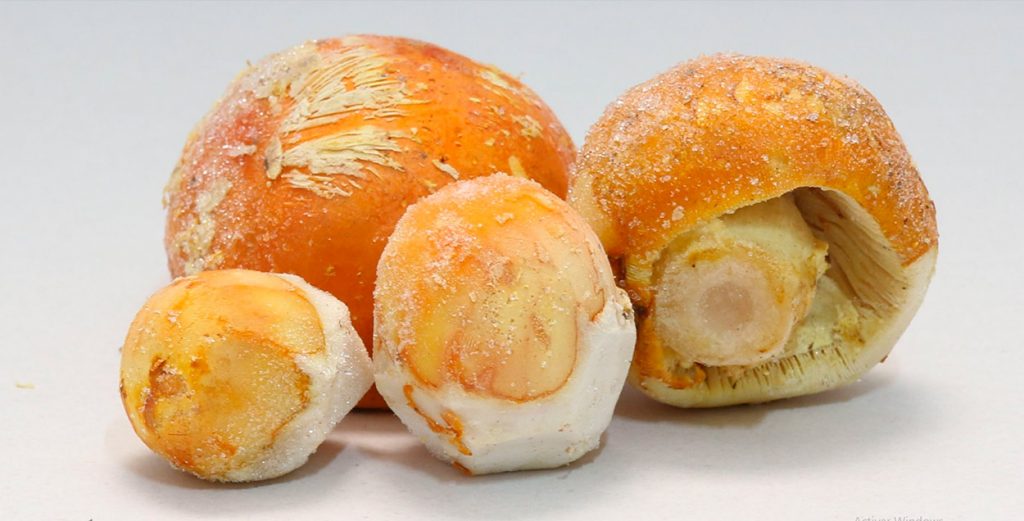
Which mushrooms can we freeze? Discover the best options
Mushrooms are a gift from nature that offer us unique flavors and an exceptional culinary experience. However, due to their seasonal nature, it is sometimes difficult to enjoy them all year round. This is where freezing becomes an excellent option for preserving them so you can enjoy them at any time. But what types of mushrooms can we freeze? These are just a few of the species that can be successfully frozen. Remember that each species has its own characteristics, so it is important to do your research and follow the specific recommendations for each one.
Freezing Boletus edulis
Boletus edulis, also known as porcini or pine mushrooms, is a mushroom that is highly prized in cooking. Its unique flavor and texture make it perfect for freezing. You can freeze them raw or cooked, depending on your preference. Remember to clean them thoroughly before freezing to remove any dirt or impurities.
Freezing milk mushrooms, Lactarius deliciosus
This mushroom, known as “rovellón,” is very popular in certain regions. To freeze Lactarius deliciosus, it is recommended to cook it first. You can sauté it in a pan with a little olive oil, then cool it before freezing. This preparation will ensure that it retains its flavor and texture when thawed.
Freezing “llanegas,” Hygrophorus latitabundus
Hygrophorus latitabundus, also known as “llânega,” is another mushroom that can be frozen with excellent results. As with “rovellón,” it is best to cook it before freezing. You can sauté it lightly in a pan with a little olive oil and wait for it to cool before placing it in the freezer.
Freezing “negrillas” mushrooms, Tricholoma terreum
The earthy tricholoma, known as the gray truffle, is a mushroom with a distinctive flavor and aroma. To freeze it, it is recommended to cook it briefly in a pan with olive oil. After cooling, you can freeze it and enjoy it in your favorite dishes whenever you want.
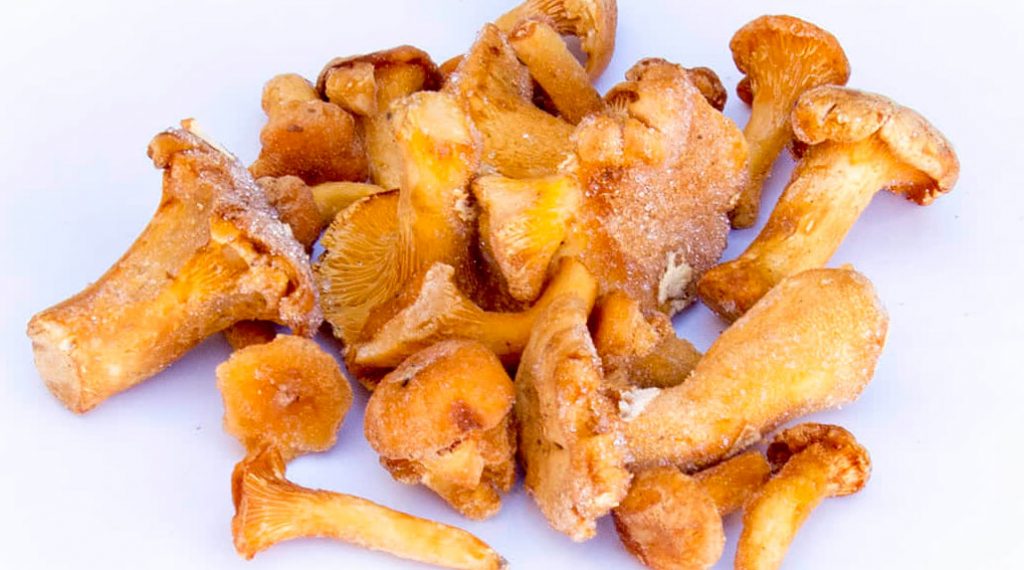
Freezing chanterelle mushrooms, Cantharellus cibarius
Wood mushrooms, also known as chanterelles, are another option that is ideal for freezing. You can freeze them raw or cooked. If you choose to freeze them cooked, be sure to sauté them lightly in a pan before cooling and placing them in the freezer.
Freezing mushrooms allows us to enjoy their flavor and texture at any time, even when they are not in season. Take advantage of this technique and discover new ways to enjoy mushrooms all year round!
Don't wait any longer and enjoy frozen mushrooms any time of the year!

Te pueden interesar